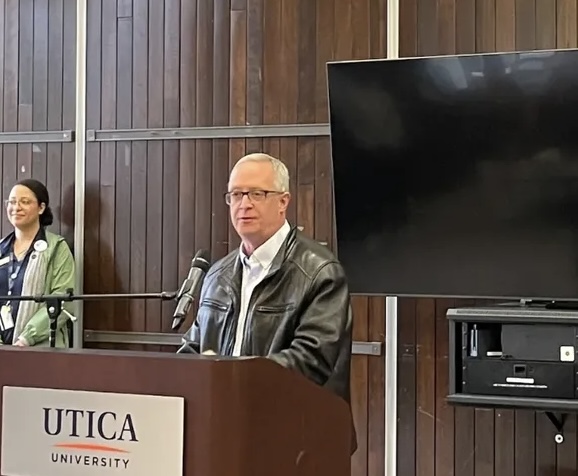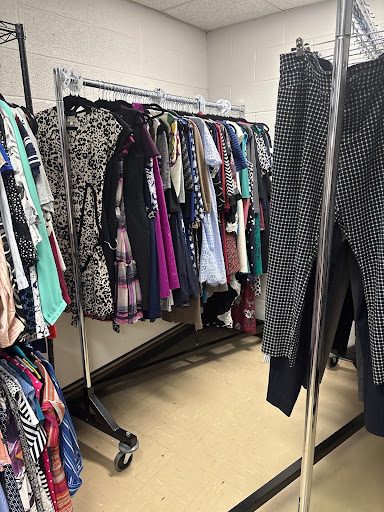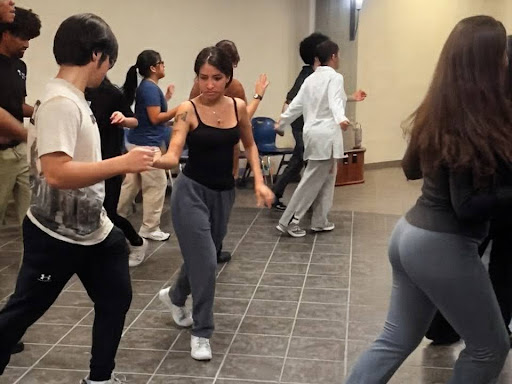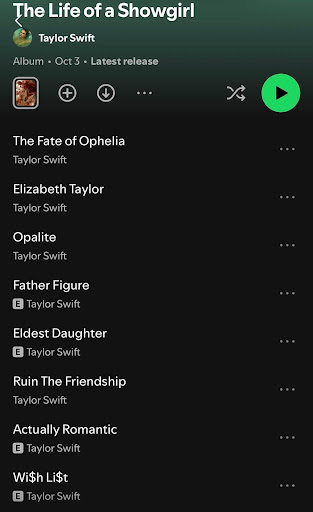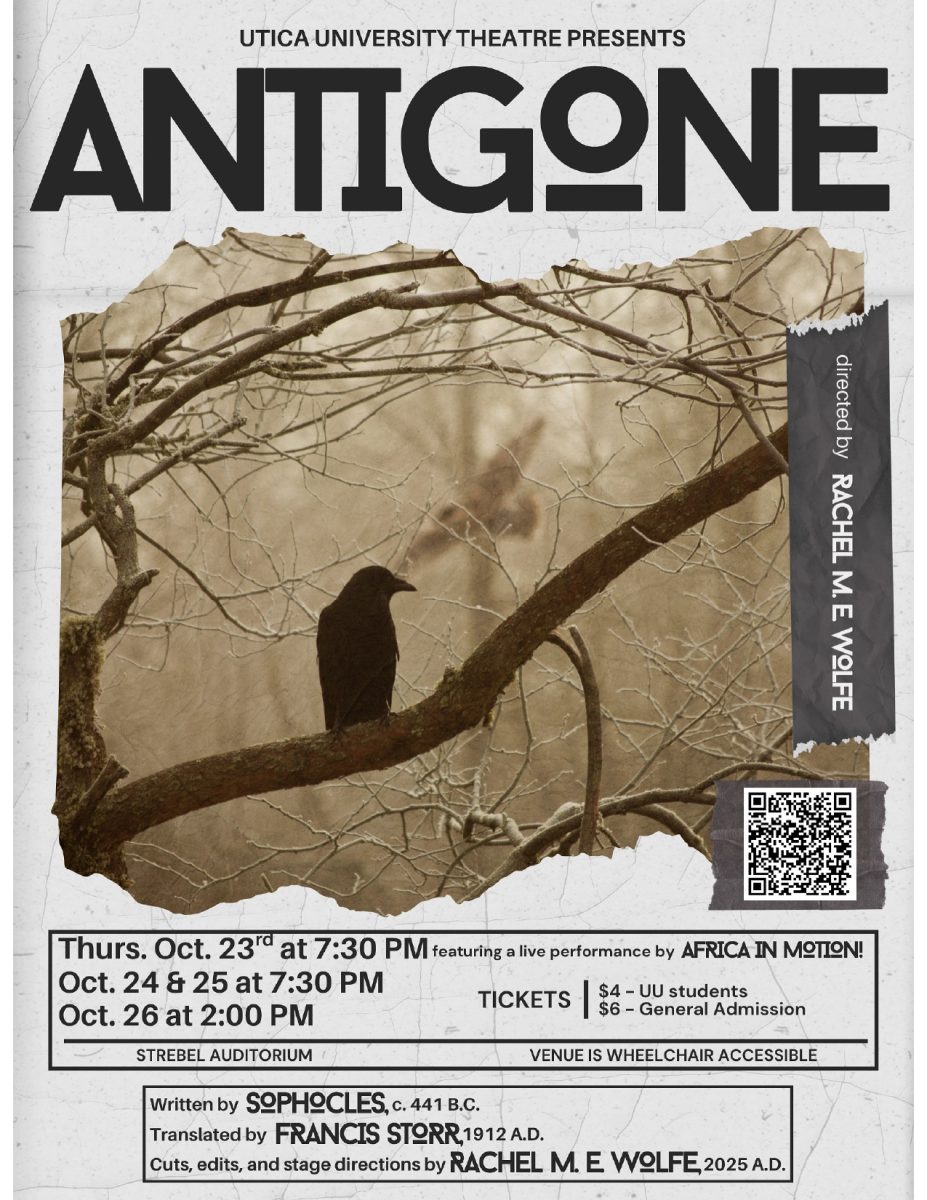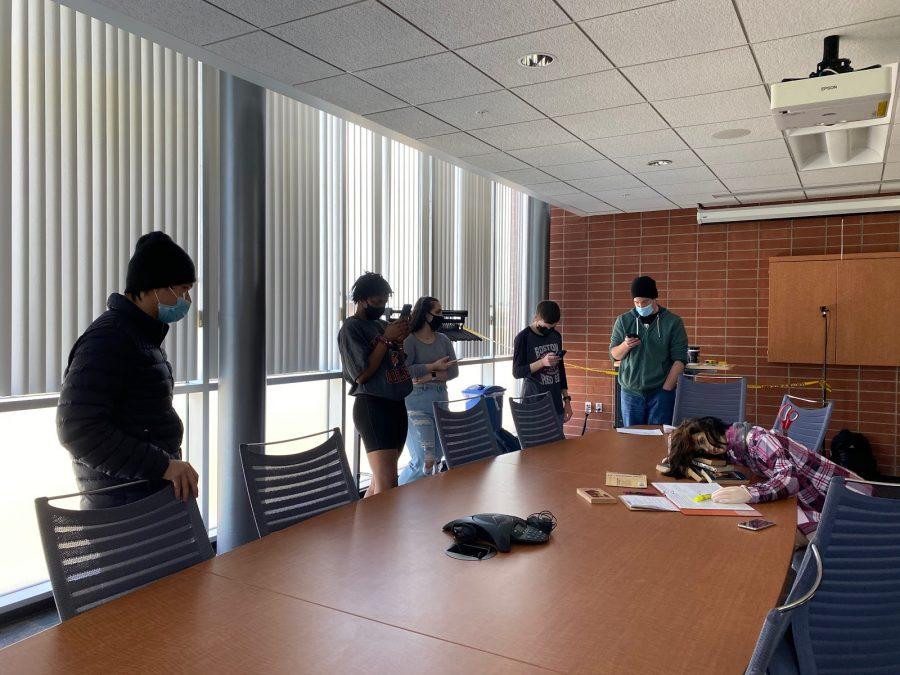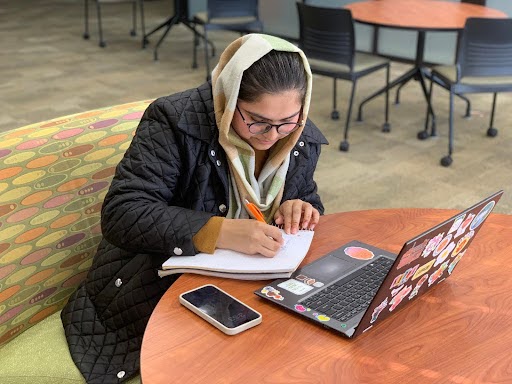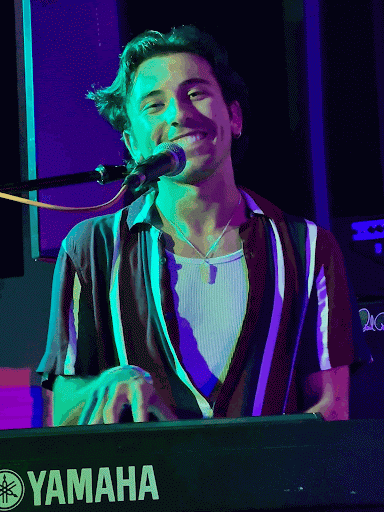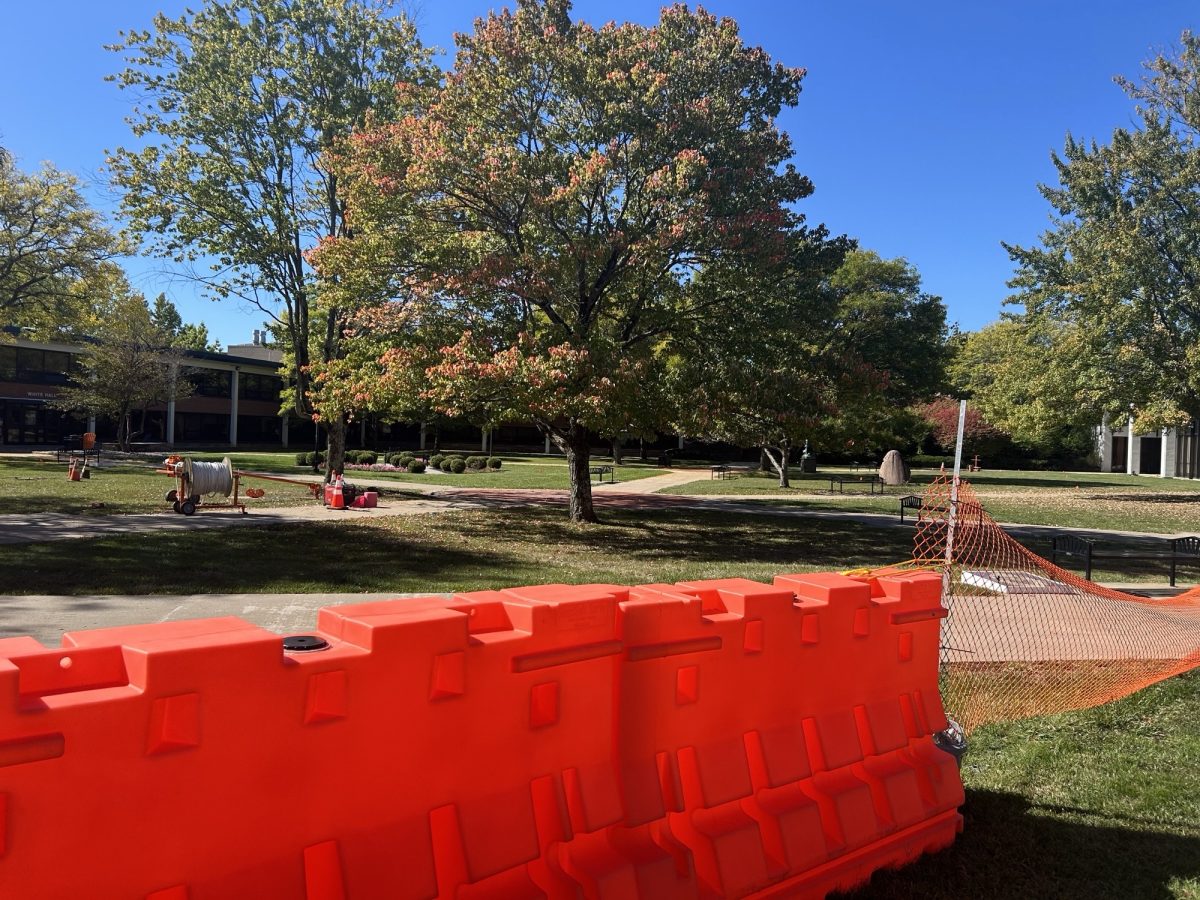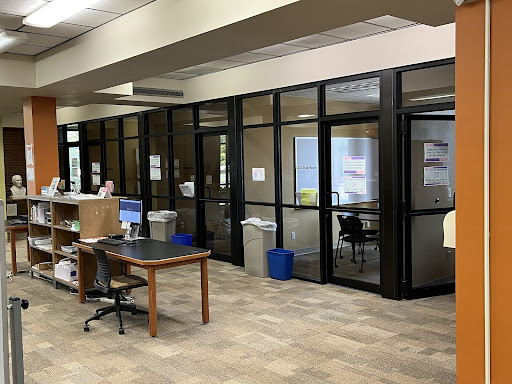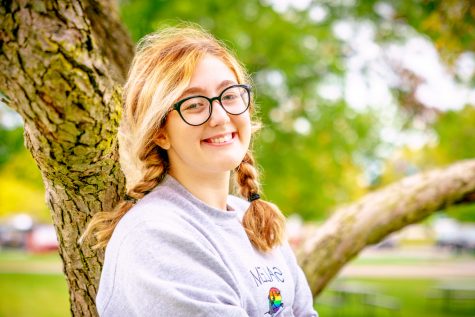Layered in black paper and bright yellow caution tape lies a mock crime scene in Room 209 of the Economic Justice and Criminal Studies Building. The scene was set up on March 29 by Dr. Shanna Van Slyke for her Criminal Justice Communications course, otherwise known as CRJ 222.
“It’s Monday morning, and the morning janitor came across a dead body in a study room,” read the instructions for the assignment. “It will become your job to reconstruct the crime scene for the jury.”
“Experiential or reality-based education provides opportunities for students to apply the concepts, terms, or protocols that they are learning in the classroom,” said Professor of Practice-Criminal Justice Robert Swenszkowski. “Some of these elements and skills include: distractions, situational awareness, stress inoculation, critical thinking, mental acuity, decision-making skills, and overall communication.”
Due to COVID-19 precautions, the CRJ 222 course proceeded with a hybrid implementation. Half of the students attend in-person on Mondays while the remaining half switch places that following Wednesday. However, the use of an experiential crime scene project has been done before for Criminal Justice students.
“In the fall 2020 semester, a smaller crime scene was set up for students in CRJ 222 in the upper mezzanine of our building to get the program’s experiential component up and running,” said Swenszkowski. “Due to COVID restraints, we were limited in the space we could use in the number of students that could observe the crime scene at one time.”
Utilizing their textbooks and other pertinent information from the course, the two groups designated a leader; the Crime Scene Documentation subgroup and the Crime Scene Recreation subgroup.
- Men’s Hockey Team ready to face off in season opener on Friday
- Dr. Todd Pfannestiel to step down as Utica University president on Dec. 31
- Career Center relaunches Career Closet and plans November networking empowering event
- Dance Night sponsored by Fuerza Latina
- Driven to Win: How Bennett Melita Became Utica’s Top Runner
In order to reach maximum immersion, academic integrity was established beforehand: the two subgroups are not allowed to enter the crime scene while the other is in action. Another important piece to note is that students were not allowed to touch anything on the premise while documenting.
“This investigation stage is critical in that it serves as a foundation for the preservation of evidence in documenting through video, photographic images, and composition the state of the crime scene when it was discovered,” said Van Slyke. “Detailed descriptions of the experiences are crucial as this information is forwarded to people such as prosecutors, defense attorneys, judges, and juries who need to comprehensively understand the crime scene’s condition without being present at the scene.”
The Crime Scene Documentation group crafted a written narrative, elaborate sketches and specific photographs. Two class periods after the fact would see the crime scene dismantled in a way that the Crime Scene Reconstruction group needed to use the information to replace the items.
According to the Utica College website, “Students enjoy a rich selection of internship opportunities as well as access to state-of-the-art forensic research technologies in the Economic Crime, Justice Studies, and Cybersecurity building on the UC campus.”


